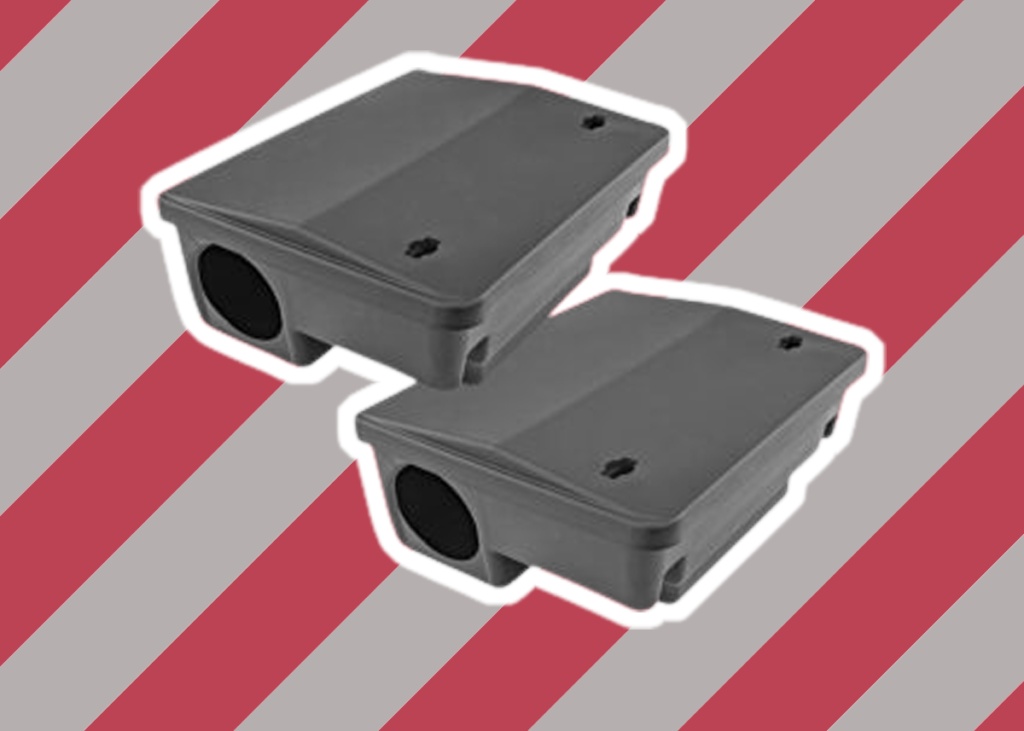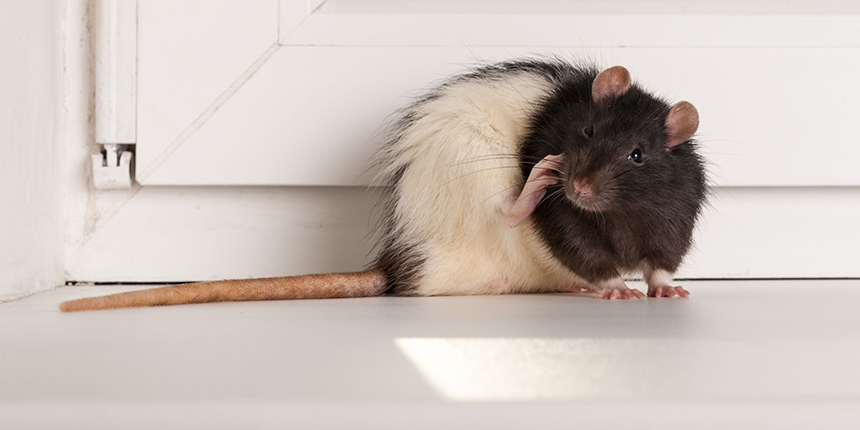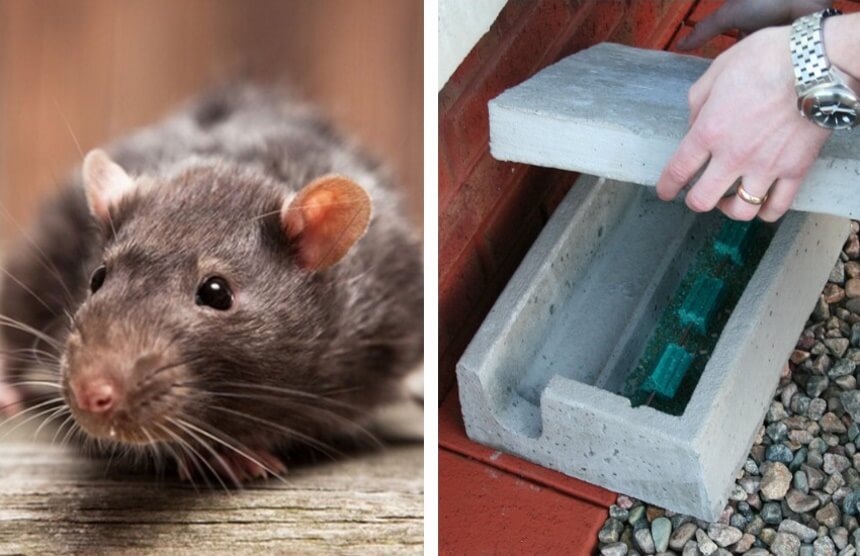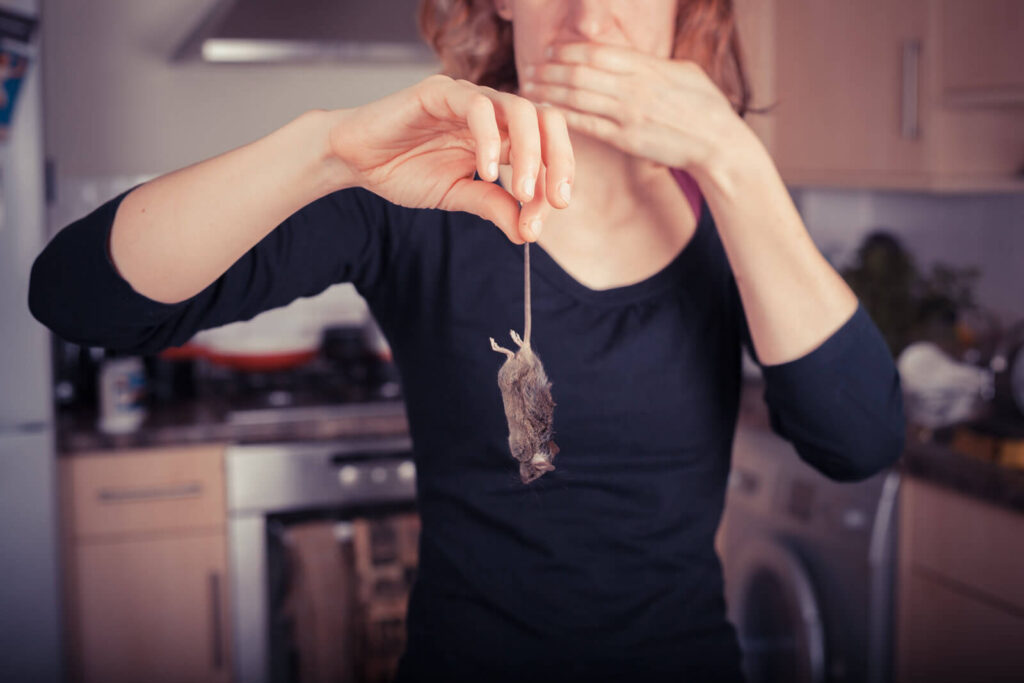

Many homeowners will take great strides to keep their homes clear of rats. The problem is that once there is an infestation, it can be challenging to get rid of them. Using a homemade rat trap might be a great solution to help if you’re experiencing a problem.
There are several things you can use from around your home to create a rat trap. You can also buy certain deterrents and traps as well if you don’t feel capable of making them on your own. Rats often live in groups so using a trap that can catch multiples or be reused is your best solution.
In this guide, we will share with you how you can make your own rat traps and put them to use. Keep reading to find the best solution that will work for your home.
The best thing about making traps like these homemade is that you have a variety of options to choose from. You can search for something that involves stuff you already have at home or the trap you think will be most effective or easiest to make.
You’re not alone in your journey to get rid of these pests. In the USA alone, more than 14 million homeowners admit they’ve seen rodent-type pests in their homes at some point.
There are options when learning how to make the best homemade rat traps. Here are a few common types of traps. Don’t let rodents or rats remain in the home. This can lead to serious health risks.
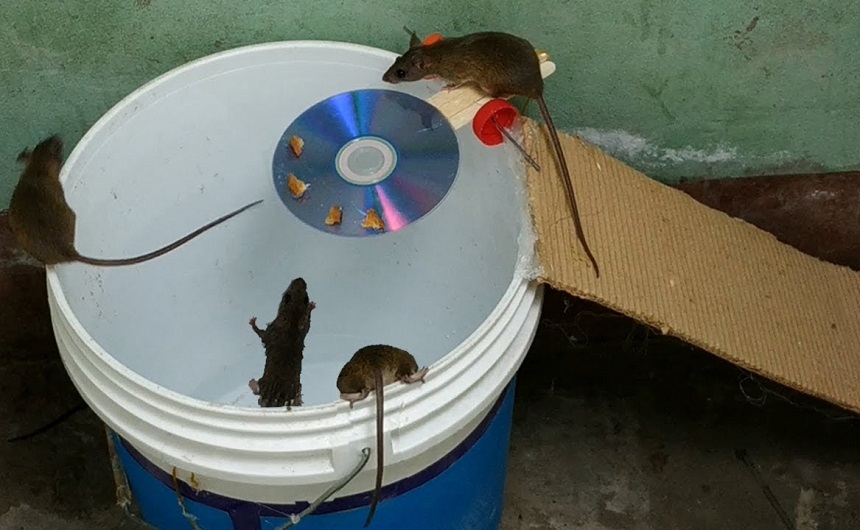
One of the top choices for traps is these rat bucket traps from homemade supplies. They’re easy to put together if you have a 5-gallon bucket. It’s simple and works very similar to some of the best outdoor rat traps that you could buy from the store.
Here’s what you need:
As far as bait, you can use something like these Bait Chunx from Tomcat or some people just use peanut butter. It’s totally up to you.
This trap can be made in several different ways. Ultimately, you’re going to put the metal rod or wire through the can and place your bait on that can or bottle. Some people use a spoon that can span across the bucket instead.
Put a bit of bait to attract the mouse to the bucket and use the scrap wood so they have a ramp to climb up to the bucket. They will try to get to the bait and then fall inside the bucket. They shouldn’t be able to get out of the bucket.
This is one of the most highly recommended methods out there and you will find it’s incredibly easy to put together. It’s effective but doesn’t take a lot of effort, tools, or time to create the trap. You can use these indoors or outdoors as well.
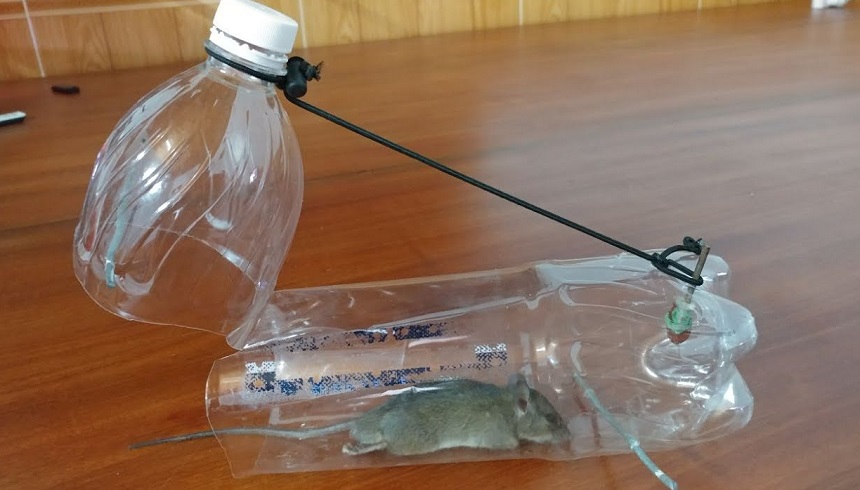
When you know how to make homemade rat traps, you can take something as simple as an empty bottle and use it. This option just needs an empty milk jug or an empty soda bottle that the rat can climb into.
Follow these steps:
When the rodent climbs in, they won’t be able to get out because of the slippery oil. They will be stuck and then you can let them loose or dispose of them.
The challenge with this particular homemade rat trap is that it might not be large enough to capture some of the larger rats. A milk jug will have a bigger opening but may still be too tight for a fat rat to squeeze through so keep that in mind.
Some people will use a bottle and cut the end open. You can rig up the end so that it closes and traps the rat inside as well. These traps can vary or be adjusted to best meet your needs and effectively take care of your rat problem.

You can use a bowl trap for homemade outdoor rat traps or indoor rat traps. The design simply lures in the rat and then traps them inside the bowl so that you can later release them or dispose of them. If you’re looking for something human that won’t kill or injure the rat, this could be a good choice.
This is a popular choice because you can use a large bowl and it’s fairly easy to set up.
Grab a large bowl and something stable that can hold the bowl open but will fall when triggered. You can test it out easily enough to make sure your design is going to work.
You need to place bait or peanut butter on a stick that isn’t lying on the ground but rather held up in the bowl. When the rat reaches up to enjoy the treat you left for them, it knocks the stick holding the bowl up loose, effectively trapping this mouse inside the bowl until you come along.
Once you get the rats out of the home, be sure to use the best rat repellents to keep them out for good. The repellents are used to deter rats and make them not interested in coming to antagonize your home.
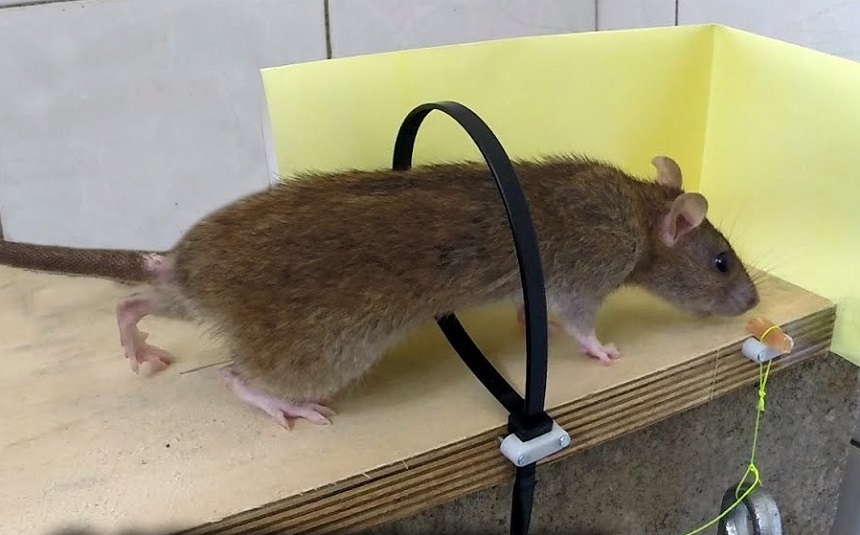
This particular option might take a little more crafting but it can work really well as one of the best homemade rat traps available. You just need some cable ties like these heavy-duty zip ties to make it work. This will hurt the rat but it won’t leave a mess behind that grosses people out.
This one does take a bit more work to get right. Here are some steps to follow.
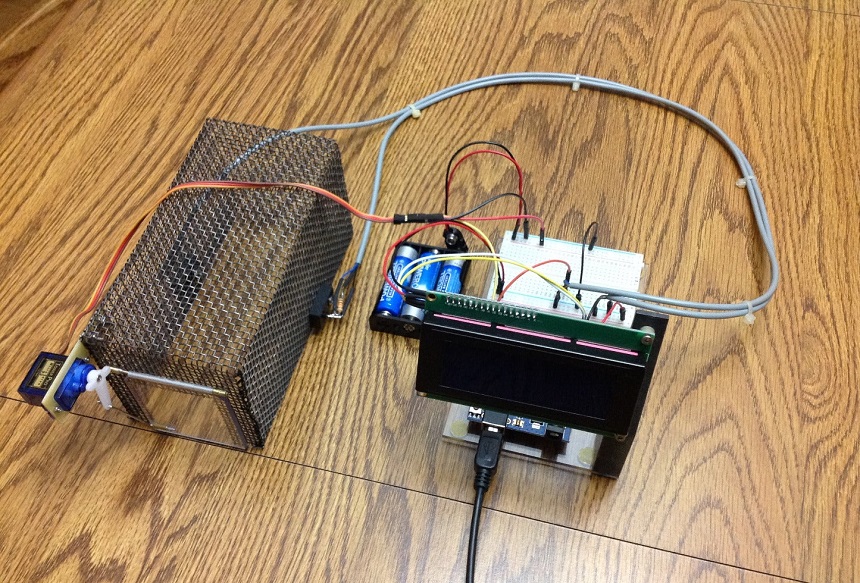
You can make homemade electric rat traps but be very cautious doing so. Messing with electricity can be dangerous. You certainly don’t want to accidentally shock yourself or be responsible for setting up a fire hazard, right?
In most cases, these traps use things like a cage, sheet metal, a batter, and jumper cables to make them work. The trap will effectively electrocute the rat but remember there is electricity involved.
As an alternative, you can use one of the best electronic mouse traps that are already built and safe for you to use without having to figure out the details on your own.
When it comes to a homemade solution, the best option is something that won’t put you at risk but will effectively attract and trap the rats. There are plenty of design options out there to choose from. Ultimately, as long as you have an effective way to attract the rat and then trap it, you can create a homemade mechanism any way you like.
The solution that we feel works most effectively is the bucket trap. It’s super simple to put together and the rats will fall into the bucket to be trapped until you dispose of them. When you use a 5-gallon bucket, they should be able to get out of it.
This trap is humane and simple to put together. Chances are you already have the items you need somewhere around your house. And if you don’t, these supplies are easy to get without spending a lot of money. No concerns for safety and no electricity or inhumane methods are needed!
It’s best to use something that can be reusable as well. This will save you money and a lot of effort in the end. Don’t forget to take the time to take action to clean up afterward and try to keep more rats or mice from coming in.
Using homemade rat traps can be a great way to eliminate rats from your home without harming them or worrying about traps that leave messes for you to clean up. Many of the homemade options use supplies that you have around the home or can acquire easily and affordably.
Rats are unclean rodents and they often carry diseases and illnesses. You don’t want to allow them to stay. It’s also important to remember that rats and mice often live in groups so where you find one, you are probably going to find more than one. You need a method to effectively snag all of the rodents and get them out of your home.
Look for something that works well and is easy to clean up after the fact.
